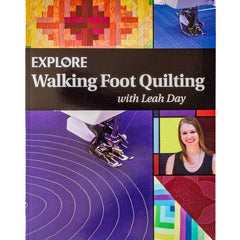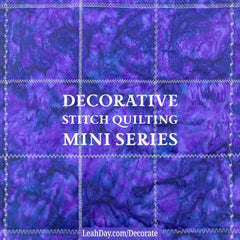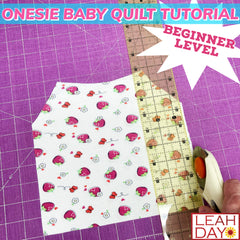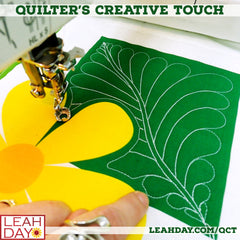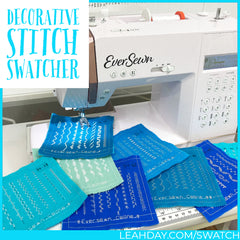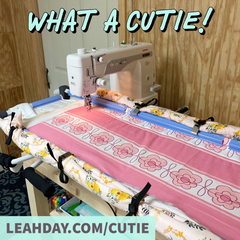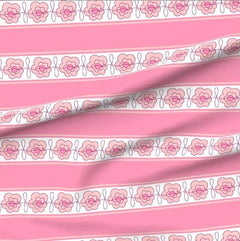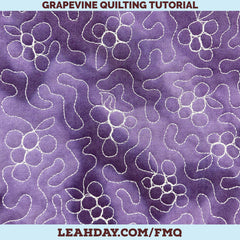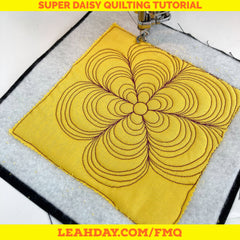Hello my quilting friends! I'm back today with a Great Quilting Debate all about piecing and quilt patchwork. Do you piece with a scant quarter or an accurate quarter inch seam allowance? What even is a SCANT quarter? Learn more about this confusing quilting term in this new podcast episode:
If you'd prefer just to listen to me clatter around the kitchen, here's a player for you to listen or download the episode:
Quick links to things mentioned in this podcast:
|
Explore Walking Foot Quilting Book
|
Scant Verses Quarter Inch Seam Allowance
Scant quarter inch seams aren't my favorite. How this was explained to me back in 2005 when I started quilting was 1 thread width less than a 1/4-inch seam. Umm....okay.
 This is very subjective, not to mention very challenging to measure. What would that measurement even look like on a ruler?
This is very subjective, not to mention very challenging to measure. What would that measurement even look like on a ruler?
It's very hard to measure, it's hard to even explain which is why I don't use it, nor do I mention scant seams in my patterns or books. This has sometimes come up when I'm teaching and has confused quilters not already confused by scant quarter.
How can you piece accurately without piecing a scant quarter?
I take a few extra steps to prep my machine before I begin quilting. I attach a 1/4-inch patchwork foot, then I change the stitch length to 1.5 mm. This produces a nice tight, secure stitch and it ensures the thread takes up less space in the seam.
I also piece with thin thread. My favorite is Aurifil 50 weight Mako cotton which is super thin, but very strong. It's very annoying to use thread that's so thin it keeps breaking, but I find it's the perfect balance with Aurifil 50 wt.
Each of these things results in a more accurate seam, but the only way to know it's working is if you measure it. I've kept a ruler near my machine for years for exactly this purpose. I measure every seam to check if it's accurate before piecing the next seam of the block. This is a great habit to get into if you're wanting to seriously improve your piecing skills very quickly.
If you don't really care if your seams match or your points are pointy, just keep piecing the way you've been piecing thus far and enjoy making quilts the way you like!
Extra News from Around the House
I was a bit distracted at the beginning of this podcast because well, there's only so much brain power I have to spread around and at the end of the day, and particularly with bacon all over my hands, I couldn't remember all the things I wanted to share.
One big thing is Mally the Maker. Josh just handed the book back to me and GLUP! There's a lot of work to be done! I'm clearing the decks and lightening my load so I can focus completely on this fiction novel.
I'm also starting to think about the sequel to Explore Walking Foot Quilting. Yes, even non-fiction books can run in series! The next book will be Explore Free Motion Quilting with Leah Day and I'm already thinking about the quilting designs and quilts I'd like to feature in this book.
Is there something you'd love to see in this book that I didn't cover in the last one? Do you wish I'd make a tutorial on something in particular?
Please contact us and let me know! I love a good challenge and I especially love to know the styles and quilt designs you're interested in learning more about.
Let's go quilt,
Leah Day




